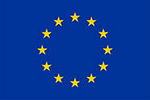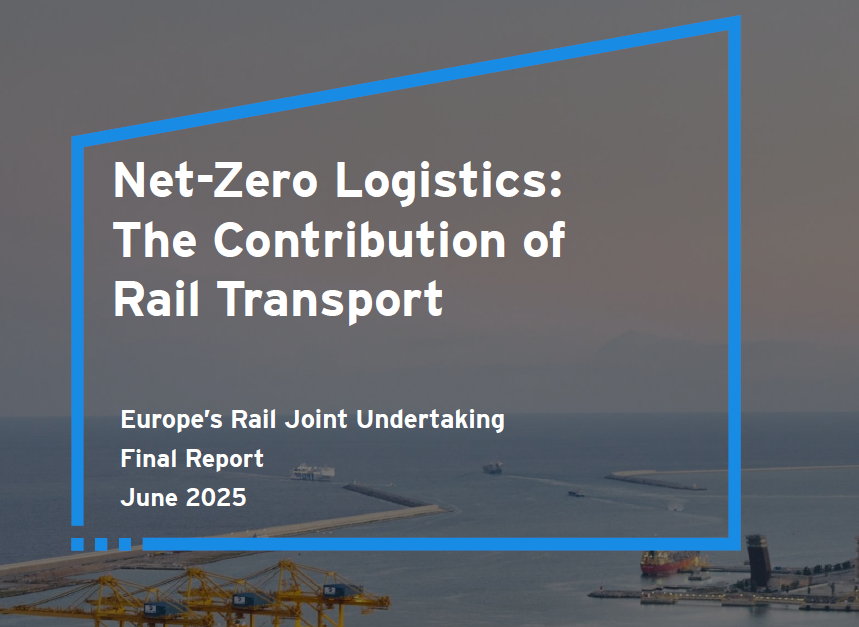Europe must take decisive steps to simplify and modernise its rail systems to strengthen competitiveness,...
Final Version of the System Architecture and Conceptual Data Model (CDM) for Railway Dictionary
Description: The System architecture and Conceptual Data Model for Railway Dictionary aggregates ontologies extracted from several candidate source models. The process of ontology extraction into the aggregated ontology provides a unified knowledge graph which can subsequently be used to establish relations between concepts originated from heterogenous models and attach precise semantics to these relations, paving the way for the CDM federation of models.
Target audience: All rail stakeholders
How it brings us closer to achieving better rail for Europe: The dictionary provides tools for the consultation of the railways knowledge consolidated from source models (RSM, Eulynx, etc.). It also provides tools for the creation and qualification of relations between concepts in support of convergence and digital continuity between models. This way the dictionary acts as an input to build the CDM.
More information on this topic: Linx4Rail
Intermediate Safety Case Report
Description: The deliverable provides the safety case definition and certification procedure for different technologies introduced in the next generation train control and monitoring system (NG-TCMS). This deliverable covers exclusively the generic parts of the safety case without entering into the specificities of the project-specific architecture. This also means that the hardware components to be selected for safety-critical applications are only specified in terms of their suitability, but no concrete choice is made, for example in the case of the Consist Control Units (CCUs).
Target audience: All rail stakeholders
How it brings us closer to achieving better rail for Europe: A definition of a safety case introduces a safety case “as a structured argument, supported by evidence, which provides a comprehensive and compelling case that a system is safe to operate, in a given scenario”. This report provides the generic parts that can be equal to different product-specific safety cases, not only validating the technologies introduced by NG-TCMS form the safety point of view, but also reducing the effort in the product development phase.
More information on this topic: CONNECTA-3
Identification of Transport Protocol for Railway Applications
Description: The deliverable evaluates the communication transport protocols for the selected traffic sources in different rail scenarios including mainline, regional/freight and metro/urban. Considered transport protocols are Transmission Control Protocol (TCP) with cubic and Bottleneck Bandwidth and Round-trip propagation time (BBR) versions, User Datagram Protocol (UDP) and Stream Control Transmission Protocol (SCTP) while sources are Cooperative Balancing Routing (CBR), Variable Bit Rate (VBR) and file transfer. The analysis is implemented in three realistic rail scenarios served by Long Term Evolution (LTE) or WiFi: the Roma –Firenze high-speed line (as mainline environment); the Roma –Firenze regional line (as regional/freight line); Metro of Rome (as metro/urban line).
Target audience: All rail stakeholders
How it brings us closer to achieving better rail for Europe: The Automated Cab Signaling (ACS), which has the aim of managing and selecting bearers connecting the train and remote-control center, bases its choice on the performance on the transport protocols. Moreover, it enlarge the developers of the rail community and favors interoperability.
More information on this topic: AB4Rail
















